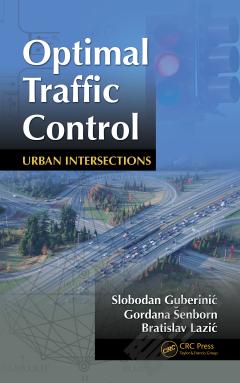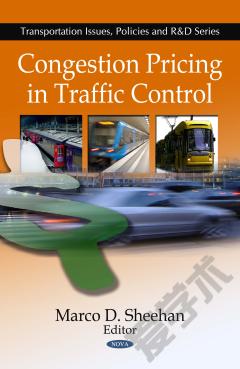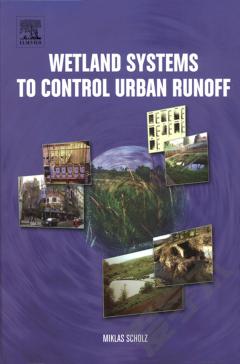Optimal Traffic Control —— Urban Intersections
----- 最优交通管制:城市路口
INTRODUCTION MATHEMATICAL MODEL OF TRAFFIC PROCESS ON A SIGNALIZED INTERSECTION General Mathematical Description of the Dynamic Process on a Signalized Intersection Uncontrolled System Inputs Signal Group Traffic Control Queues - Isolated Signalized Intersections The Output Function CONTROL PROBLEM STATEMENT The General Statement of the Traffic Control Problem (Signal Plan Choice) The Set of Feasible Controls (Signal Plans) Optimization Criteria THE METHOD OF OPTIMAL SIGNAL PLAN DETERMINATION The Statement of the Problem of Finding the Optimal Closed Path on Graph GS The Method of Finding the Optimal Closed Path GS DETERMINATION OF OPTIMAL CONTROL (SIGNAL PLAN) Capacity Optimization Delay Minimization Extreme Values of Signal Plan Parameters EFFECTS OF THE CHOICE OF THE COMPLETE SET OF SIGNAL GROUPS TO INTERSECTION PERFORMANCE The Relation of Partial Ordering (refinement) and the Set of Feasible Controls The Heuristics for the Choice of the Complete Set of Signal Groups APPENDICES I: Graphs, cliques II: Equivalence Relation III: Pseudo Code of Programs ClIQ and MINA IV: Refinement Relation, Hasse Diagrams V: Effective Values of Green, Red and Intergreen Times VI: Determination of the Control Vectors Transition Graph VII: Description of STECSOT Program (StructurE and Cycle Split Optimization Technique) VIII: The Proof of Delay Function Convexity References Index
{{comment.content}}








 京公网安备 11010802027623号
京公网安备 11010802027623号